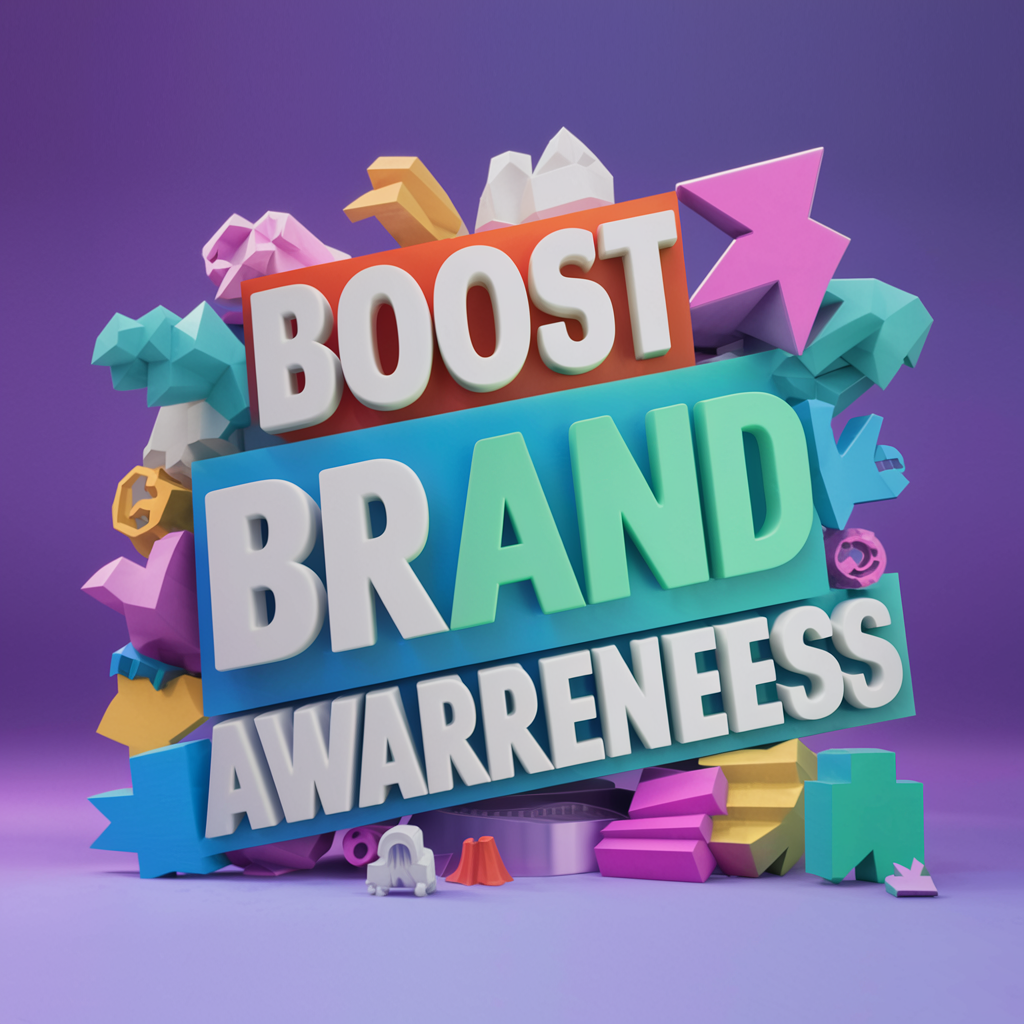In the ever-evolving world of digital marketing, brands are constantly searching for ways to establish deeper connections with their audiences, increase trust, and foster long-term engagement. One of the most powerful tools that companies can harness to achieve these objectives is user-generated content (UGC). User-generated content refers to any form of content—whether it’s social media posts, blog articles, videos, or reviews—created by customers or fans, as opposed to the brand itself. By strategically leveraging UGC, companies can not only enhance their brand trust but also increase engagement and create a more authentic, relatable brand image.
What Is User-Generated Content?
User-generated content is content that is created by consumers, rather than by the brand or business. This can include everything from social media posts and reviews to photos, videos, testimonials, and even blog posts or guest posts. The key differentiator here is that UGC is not directly created by the business itself; instead, it is produced by customers or fans who share their experiences and opinions about a brand.
The beauty of UGC lies in its authenticity. In an age where consumers are increasingly skeptical of traditional advertising methods, UGC offers an organic, real-world perspective on a product or service. It’s essentially word-of-mouth marketing amplified by the digital world. But, why exactly is it so effective?
The Power of User-Generated Content
The rise of user-generated content can be attributed to a few key reasons:
- Authenticity and Trustworthiness: Consumers trust peer reviews and recommendations more than they trust brand messaging. According to a study by Nielsen, 92% of consumers believe recommendations from friends and family more than any form of advertising. UGC carries that same level of trust, as it often comes from real, relatable people who aren’t paid to endorse the brand.
- Social Proof: UGC acts as social proof. When potential customers see real people engaging with a brand, it reinforces that the brand is reliable and credible. This social proof helps prospects feel more comfortable making purchasing decisions, especially if they see others enjoying the product or service.
- Engagement and Community Building: By encouraging users to create content about a brand, companies foster a sense of community. Engaged customers are more likely to feel emotionally connected to a brand, and this can lead to increased loyalty, repeat purchases, and even advocacy.
- Cost-Effective Content Creation: Content creation can be expensive, but UGC provides an affordable way to generate high-quality content. In many cases, all a brand has to do is encourage its customers to create and share content, then re-share it across its own channels. This reduces the need for expensive content production teams while also adding a sense of authenticity and relatability.
How to Leverage UGC for Boosting Brand Trust and Engagement

Now that we understand why UGC is so powerful, the next step is to explore how brands can effectively leverage it to boost trust and engagement. Here are some strategies to consider:
1. Encourage and Incentivize User-Generated Content
One of the first steps in leveraging UGC is to actively encourage your audience to create content for your brand. While some customers may naturally share their experiences, many need a little nudge. Offering incentives is a great way to get more customers involved.
- Contests and Giveaways: Host a contest or giveaway where users submit photos, videos, or reviews for a chance to win a prize. For example, a clothing brand might ask customers to share photos of themselves wearing the brand’s apparel on Instagram, tagging the brand’s handle, and using a specific hashtag to enter a contest.
- Exclusive Discounts: Offer a discount or special offer to customers who submit user-generated content. This encourages more people to participate while also rewarding loyal customers.
- Hashtag Campaigns: Create branded hashtags to make it easier for users to find and share content. Hashtags also help build a sense of community around your brand. You can ask users to share their experiences with your brand using these hashtags, which makes it easier to find and re-share their posts.
By offering incentives and creating an easy process for users to contribute, you can begin to build a library of content created by your audience. This user-generated content can then be shared across various marketing channels to increase brand trust and engagement.
2. Re-share User-Generated Content Across Your Marketing Channels
Once you have a collection of user-generated content, the next step is to amplify it by sharing it on your own marketing channels. Whether it’s on your website, social media pages, email newsletters, or even in guest posts, re-sharing UGC provides a sense of social proof while showcasing your brand’s authenticity.
- Social Media: Re-sharing UGC on your brand’s social media profiles is one of the easiest ways to highlight the content your customers have created. User-generated content fits seamlessly into social media platforms like Instagram, Facebook, Twitter, and TikTok. Sharing customer content not only builds engagement but also encourages other users to create their own content in hopes of being featured.
- Website Integration: Many brands feature UGC on their product pages or home pages. For example, a brand might showcase customer reviews or images of customers using their products. Displaying UGC on your website can make your brand appear more authentic and trustworthy to potential customers.
- Email Newsletters: Including UGC in email campaigns is another way to boost engagement. Feature testimonials, user photos, or even a spotlight on a loyal customer in your newsletter. This will make your emails feel more personal and relatable, encouraging your audience to engage more actively.
By strategically re-sharing UGC across different touchpoints, you increase the chances of building trust and engagement with a broader audience. The more people see real-life examples of your product or service in action, the more they will feel connected to your brand.
3. Integrate UGC into Your Content Marketing Strategy
Beyond simply re-sharing social media posts, UGC can be a valuable asset in your overall content marketing strategy. From blog posts to video content and beyond, UGC offers an opportunity to enhance your brand’s content offerings.
- Guest Posts: Invite customers to contribute guest posts to your blog, where they can share their experiences with your product or service. Guest posts offer a fresh perspective and give your audience the chance to hear from people who have actually used your products. This also fosters a deeper sense of community, as your customers feel that their voices are being heard.
- Customer Testimonials and Case Studies: User-generated content is an excellent resource for creating compelling testimonials or case studies. Showcase the stories of how your customers have used your product to solve a problem or enhance their lives. These real-world examples are far more persuasive than traditional marketing materials.
- Video Content: Videos are one of the most engaging forms of content on the internet. Encourage users to create unboxing videos, tutorials, or reviews of your products and share them on platforms like YouTube or Instagram. You can then repurpose these videos for use on your own channels to further increase brand engagement.
UGC not only helps you provide more diverse and authentic content but also strengthens the bond between your brand and its community by showcasing real customer experiences.
4. Engage with User-Generated Content
The most successful brands don’t just passively collect UGC; they actively engage with it. Responding to customer posts, commenting on reviews, and interacting with content shows that you care about your customers’ opinions. This engagement can significantly boost brand loyalty and encourage more customers to create content.
- Reply to Comments and Reviews: Take the time to respond to user reviews, whether they are positive or negative. Thank your customers for their feedback and engage in meaningful conversations with them. This demonstrates that you value their opinions and care about their experiences with your brand.
- Feature User Content Regularly: Regularly featuring UGC in your marketing materials (whether on social media, email newsletters, or blogs) reinforces that you appreciate your customers’ contributions. It encourages others to participate, creating a snowball effect of engagement.
- Ask for Feedback: Encourage users to provide feedback or share ideas about your products. By including them in the creative process, you foster a sense of ownership and community around your brand.
5. Measure the Impact of UGC
Lastly, it’s important to measure the impact of your UGC campaigns. Monitoring metrics like engagement rates, shares, and conversion rates can help you understand how UGC is contributing to your brand’s trust and engagement levels.
Using tools like Google Analytics or social media insights can provide valuable data on how well UGC is performing in your marketing efforts. For example, if you’re running a hashtag campaign, track how many people are using the hashtag and how often it’s shared. Use this data to fine-tune your strategy and continually improve your UGC efforts.
Conclusion
Incorporating user-generated content into your marketing strategy can be one of the most effective ways to boost brand trust and engagement. By encouraging customers to create content, showcasing their contributions, and engaging with your community, you can build a more authentic and relatable brand that resonates with your audience. Whether it’s through social media, guest posts, or customer reviews, UGC offers a wealth of opportunities to create a deeper connection with your customers. The key is to consistently encourage, highlight, and engage with UGC to create a virtuous cycle of trust and engagement that benefits both your brand and your audience.




